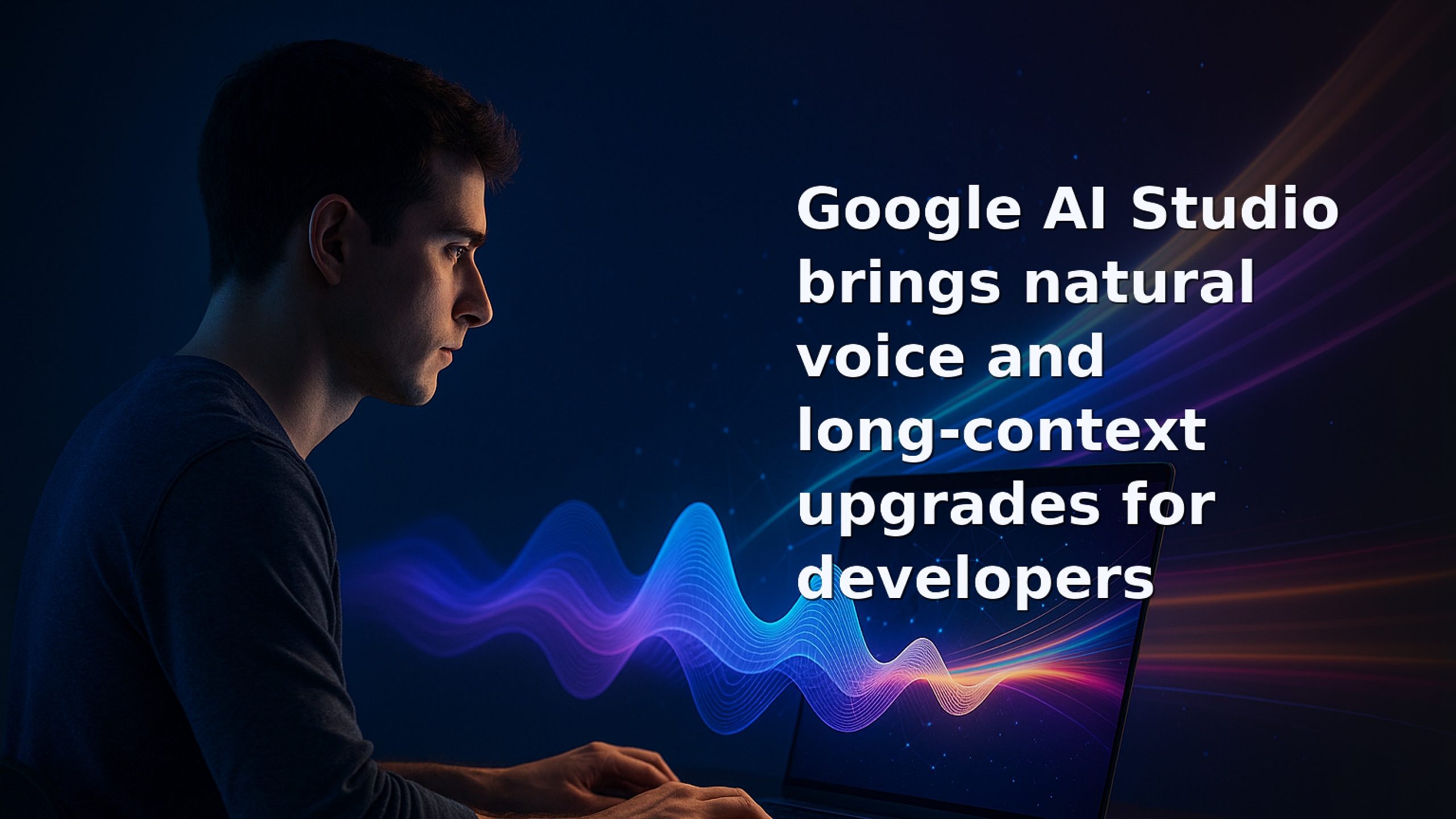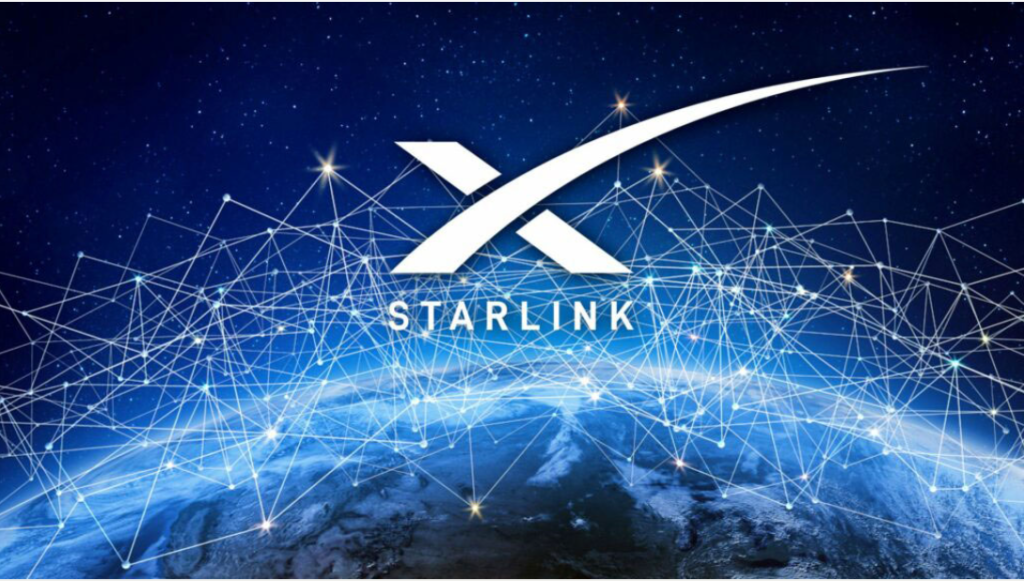Desk Reports :
Google is quietly turning AI Studio into a one-stop hub for anyone building with its Gemini models. The latest updates are not just technical tweaks—they change how developers can prototype and scale their ideas.
The standout news is the arrival of native audio in the Gemini Live API. Until now, voice features depended on separate speech layers, which often slowed things down or made conversations feel clunky. With native audio, the model generates speech directly. In practice, that means a customer support bot, language tutor, or any real-time assistant can respond faster and sound more natural. Developers can test the feature immediately inside AI Studio’s “Stream” tab, without extra setup.
Google has also expanded Gemini’s ability to handle very large inputs. The models now support context windows of up to one million tokens—enough to process entire research papers, legal documents, or long transcripts in one go. For anyone who has struggled with splitting data into smaller chunks, this is a meaningful step toward more seamless AI reasoning.
Another update is about lowering the barrier to entry. Gemini now works directly with the official OpenAI libraries in Python and JavaScript. That means developers don’t need to rip apart existing projects; a few lines of code—changing the endpoint and key—are enough to start calling Gemini. For teams already invested in other ecosystems, this makes experimenting with Google’s models far less intimidating.
Cost is always a concern, and here Google has kept the door wide open. AI Studio is free to use for prototyping, so students, startups, and hobbyists can try ideas without worrying about bills. When projects need more horsepower, the Gemini API offers higher limits on a pay-as-you-go basis. Crucially, Google has made the platform available in a wide list of countries—including Bangladesh—so local developers can join in without barriers.
All together, these updates show Google’s vision: an AI platform where you can sketch an idea, test it in real time, and move straight into production without leaving the ecosystem. For developers under pressure to build quickly, fewer moving parts means faster progress. And for the rest of us, it means the apps we use every day—from voice assistants to customer service chatbots—could soon feel a lot more human.




